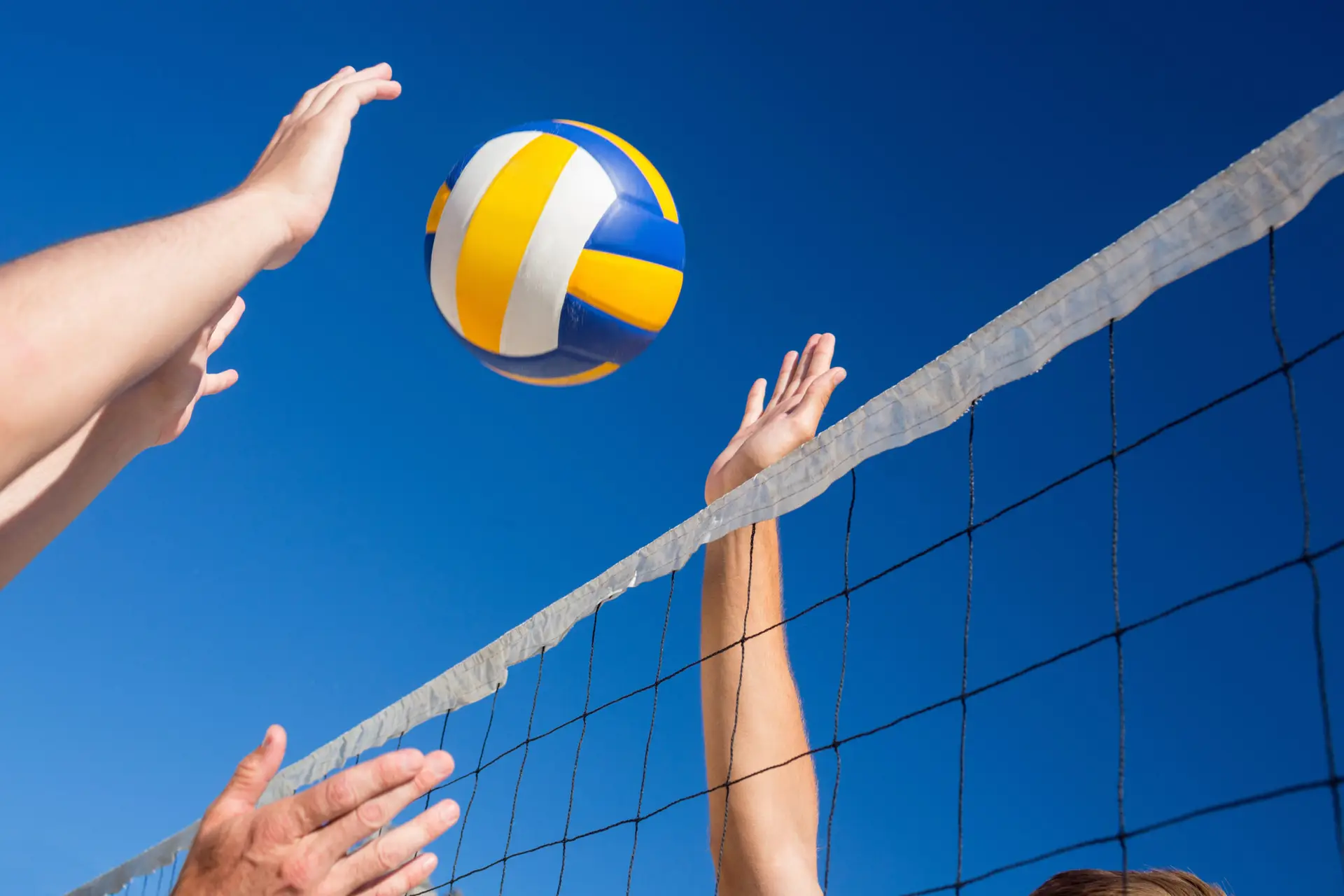
Immerse yourself in the fascinating and exciting world of volleyball with our informative and entertaining blog! Here you will find the latest news, analytical match reviews, exciting interviews with talented players, as well as interesting facts and tips on the game. Join our friendly community of fans of this dynamic and exciting sport, share your opinions and find like-minded people!
Read moreWelcome to our volleyball blog! Here you will find not only exciting matches, but also exclusive interviews with the best players, coaches and experts in the world of volleyball. We cover all the hottest events in this dynamic sport, from world tournaments to local competitions. Join our active community of volleyball fans where you can share your thoughts and keep up to date with the latest news and highlights! Together we can discuss different tactics of the game, share impressions from matches and be inspired for new sporting achievements. We are waiting for you on our volleyball portal, where everyone will find something interesting for themselves and will be able to deepen their knowledge about volleyball!
Find out the details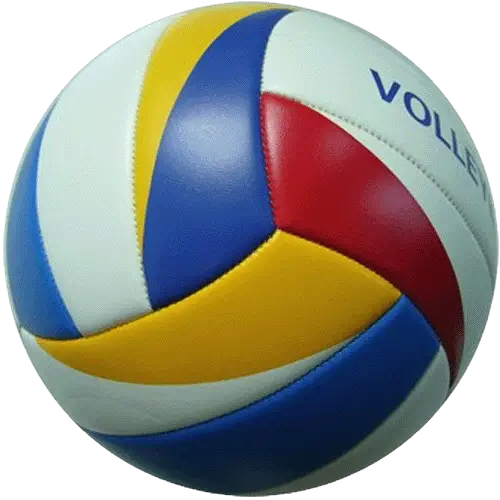
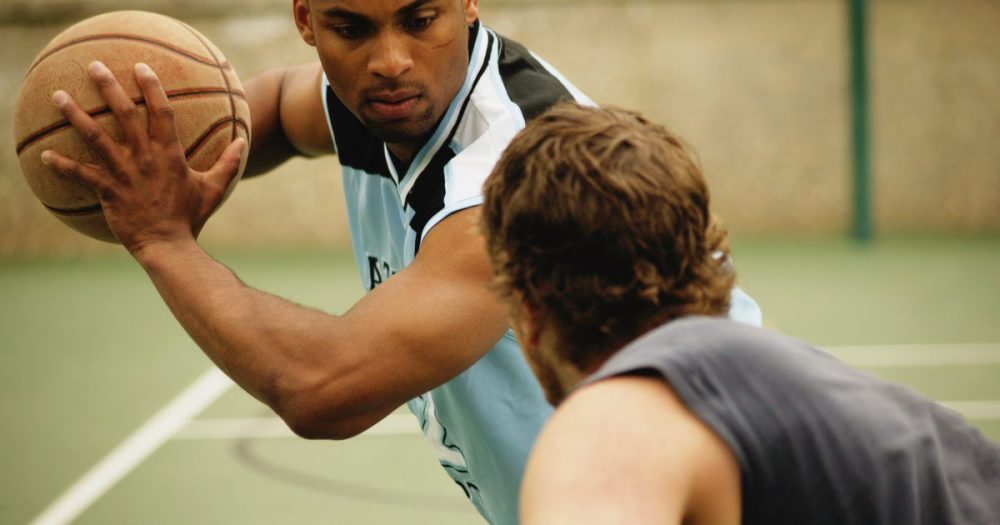
The winner on the court is not the most agile, but the one who thinks faster. How to improve reaction in volleyball is a question that determines the outcomes of matches. The ball flies at speeds up to 130 km/h, and the decision time is only 0.25 seconds. Any delay leads to a miss. Regular …
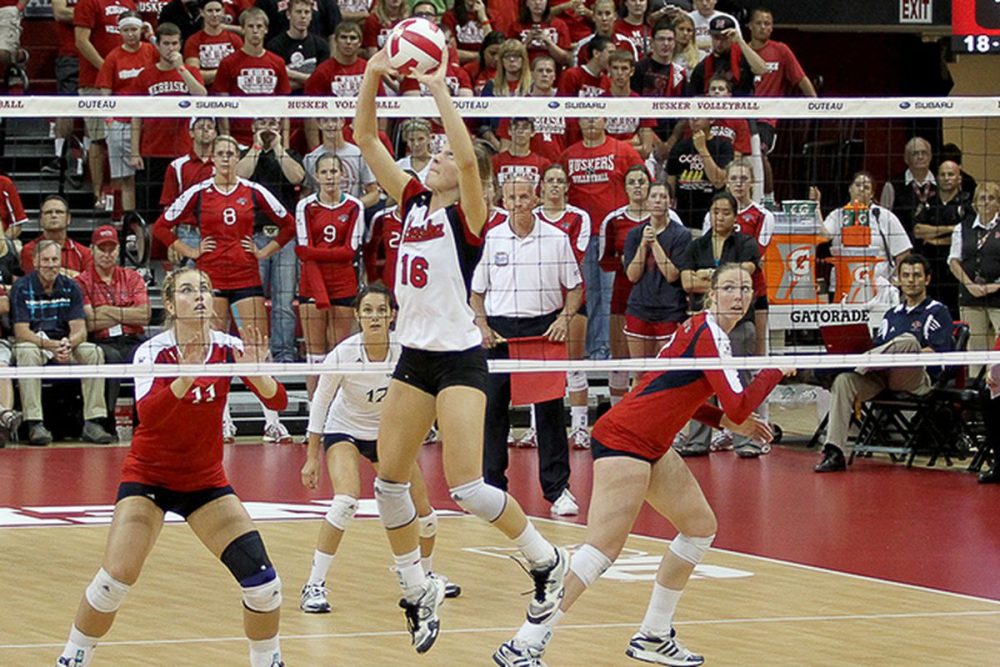
Confident attack management, tactical inventiveness, the ability to feel the moment, and absolute composure — the role of a setter in volleyball is not just key. In every play, it is the setter who establishes the balance between the speed, direction, and unpredictability of the attack. The effectiveness of attackers, the team’s stability, and the …

The CEV Champions League is the largest club volleyball competition in Europe, bringing together the strongest representatives of national championships. The tournament ensures the highest level of competition among professional teams, sets the standards for the game on the continent, and shapes a new history of volleyball in Europe. Men’s and women’s clubs compete annually …
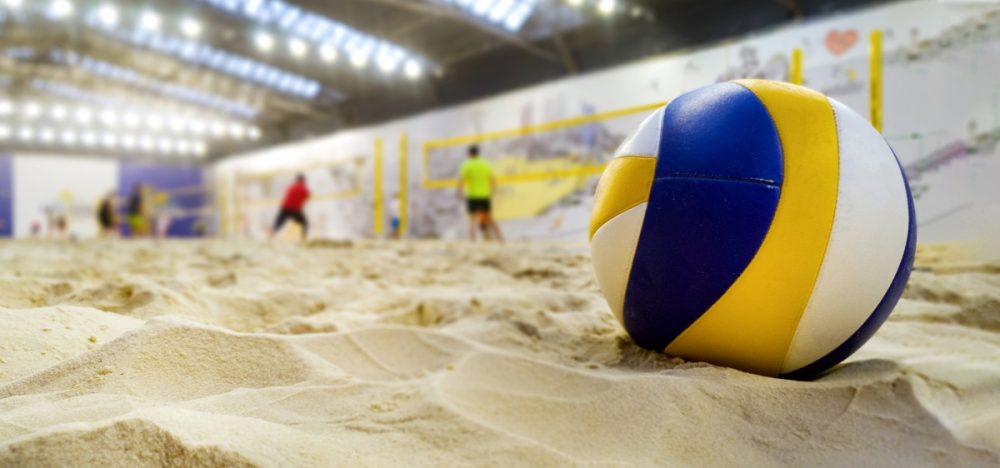
Beach volleyball is not just a beachside pastime, but a full-fledged sport that combines physical exertion, tactical thinking, and teamwork. It is popular in different countries due to its accessibility, spectacle, and health benefits. The combination of sun, water, sand, and movement creates ideal conditions for maintaining fitness and a cheerful mood. Beach Volleyball: Training …
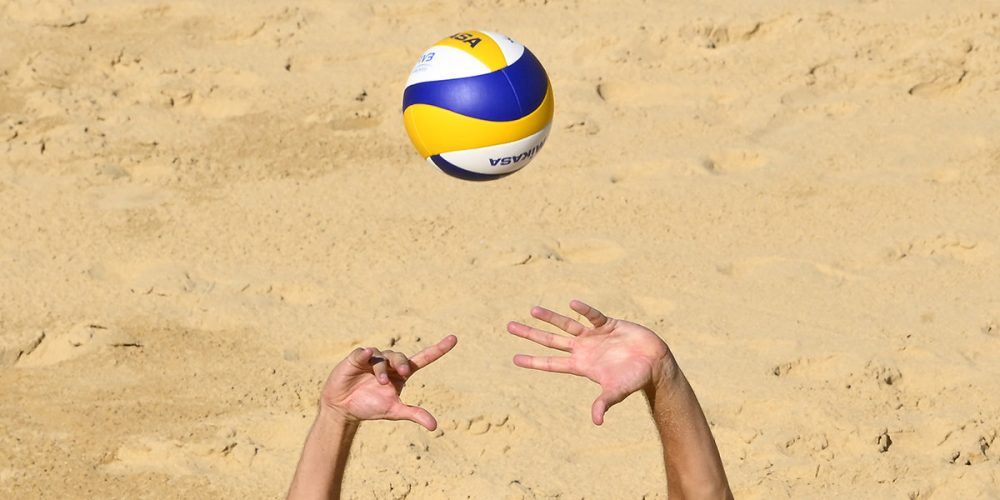
Here they don’t spend their vacation, they take points from under the block. The sun doesn’t caress, it blinds. The wind doesn’t refresh, it disrupts the trajectory. A real arena. Only precise tips on playing beach volleyball help turn summer leisure into championship-level play. Basics of Technique and Layout No “little by little.” Beach volleyball …

Learning to love sports is not a matter of willpower, but of a smart strategy. Most people start with enthusiasm but quickly drop out due to overload, unrealistic expectations, and lack of a system. In reality, a love for physical activity is a skill, not an emotion. It is formed through simple actions, reinforcement, biochemistry, …

The winner on the court is not the most agile, but the one who thinks faster. How to improve reaction in volleyball is a question that determines the outcomes of matches. The ball flies at speeds up to 130 km/h, and the decision time is only 0.25 seconds. Any delay leads to a miss. Regular …

Beach volleyball is not just a beachside pastime, but a full-fledged sport that combines physical exertion, tactical thinking, and teamwork. It is popular in different countries due to its accessibility, spectacle, and health benefits. The combination of sun, water, sand, and movement creates ideal conditions for maintaining fitness and a cheerful mood. Beach Volleyball: Training …

Active recreation is no longer limited to jogging in the park or working out at the gym. The modern pace of life demands variety, and sun and sand offer ideal conditions for functional training without boredom or routine. The benefits of beach volleyball are well established – the positive effects are noticeable after just a …
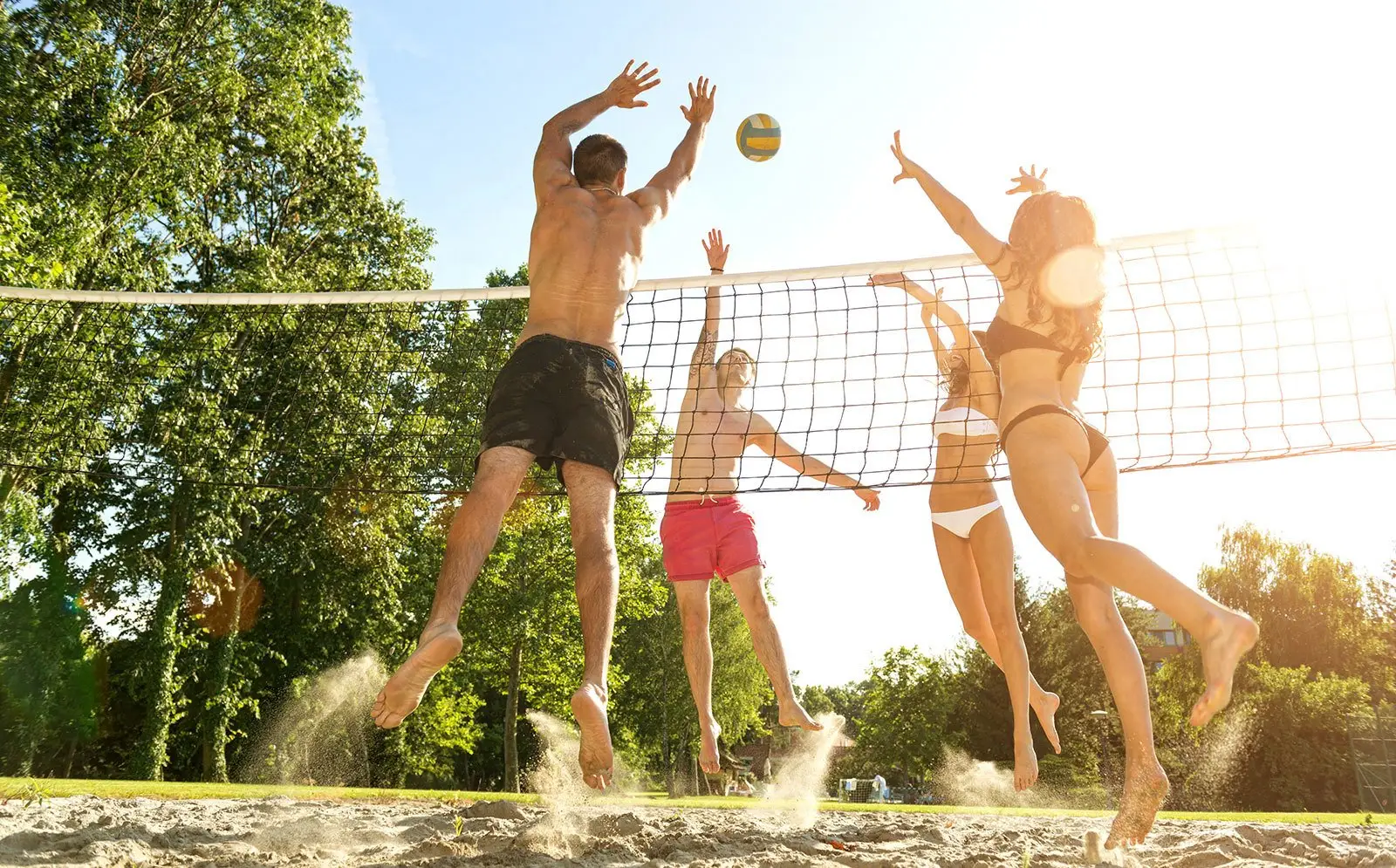
Teamwork, the dynamics of short rallies, constant changes in rhythm and vertical activity create an ideal environment for comprehensive development. The influence of volleyball on the body encompasses not only physical condition but also mental processes, forming a stable, flexible and active system that is ready for exertion, coordination and rapid recovery. Why is it …
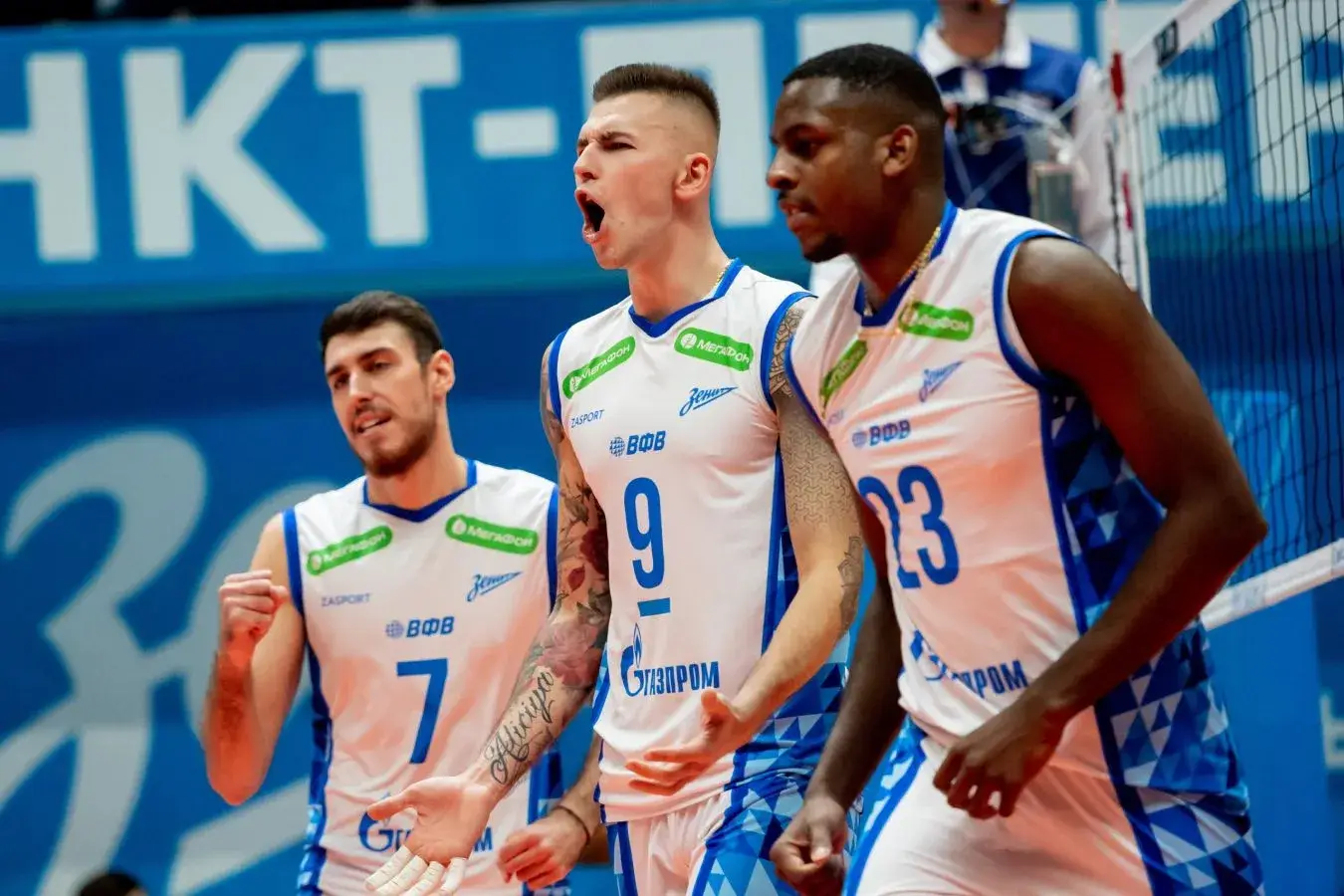
Современный волейбол продолжает удивлять зрителей невероятной динамикой, командной игрой и высоким уровнем профессионализма.
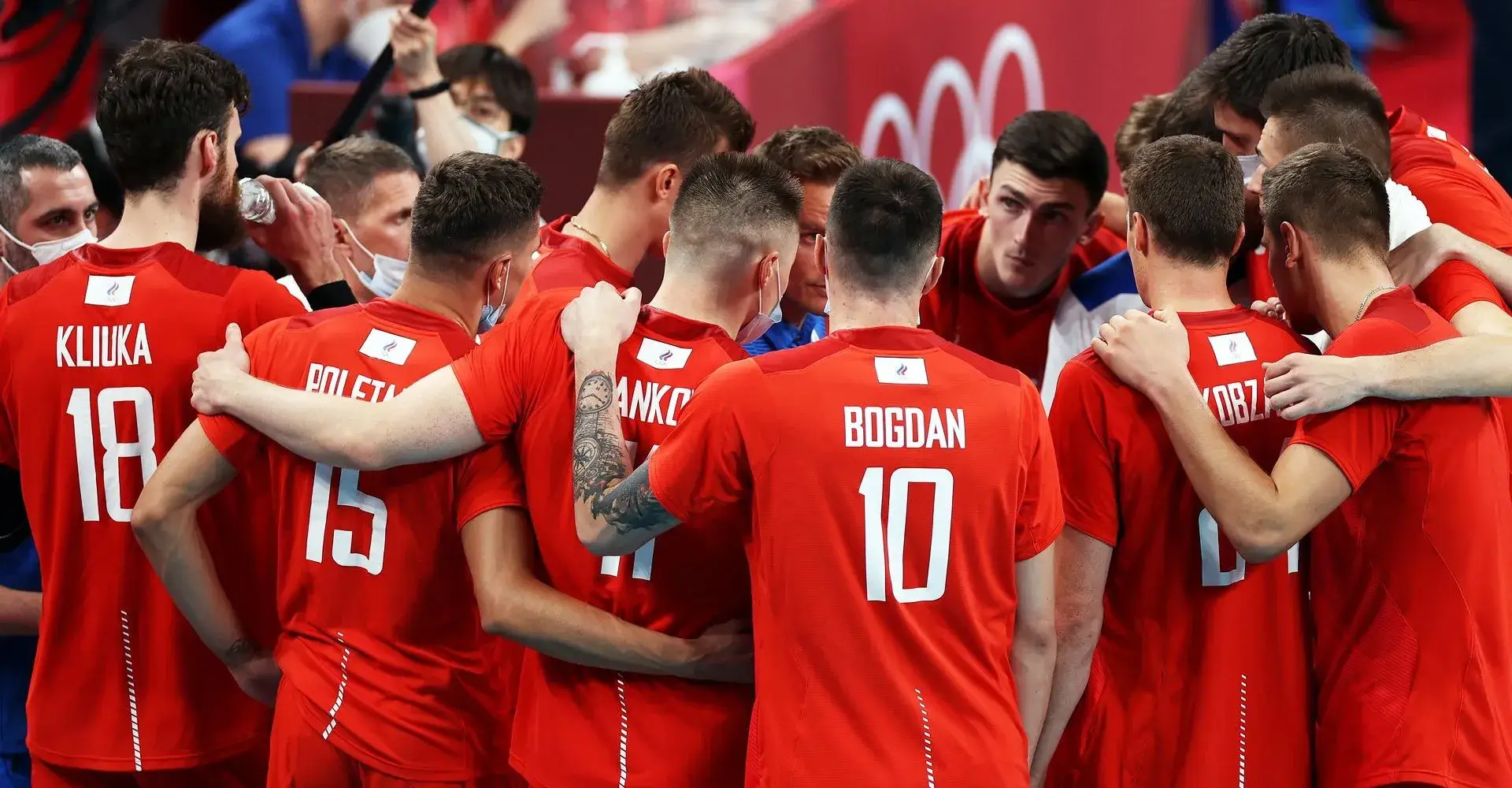
Игры в волейбол среди мужчин остаются одной из самых популярных и динамичных дисциплин в мире спорта.
Enjoy the thrill of volleyball matches where athletes demonstrate incredible dexterity and team synergy. Immerse yourself in the dynamic atmosphere of the game and get a boost of energy.
Working in volleyball offers opportunities to be active, develop team spirit and leadership skills. You will be able to participate in exciting competitions and inspire others with your passion for sport.
Volleyball is an exciting game that develops team spirit, co-ordination and physical endurance. It allows you to keep in great shape and get a charge of positive energy.
The volleyball team endured incredible ups and downs, but ultimately emerged victorious in a tense final match. This epic story is an inspiration to all who love the sport.
Volleyball is not only a sport, but also a whole history. The most famous of these is the story of the legendary match that changed the sport forever.
Volleyball is not just a game, it is a story of overcoming and perseverance. Every ball, every jump is a challenge that leads to victory. This story inspires us to believe in our strength and never give up.

Volleyball is my passion! The game requires not only physical strength but also team spirit. I am proud to be part of this exciting sporting family.

★★★★★
Volleyball is my passion! My team and coach always support me, helping me to grow as an athlete. The games give me unforgettable emotions and a sense of unity.

★★★★★
Volleyball is not just a sport, it is a whole philosophy. I started playing it recently, but I have already fallen in love with the game. It gives me an incredible boost of energy and positivity!

★★★★★